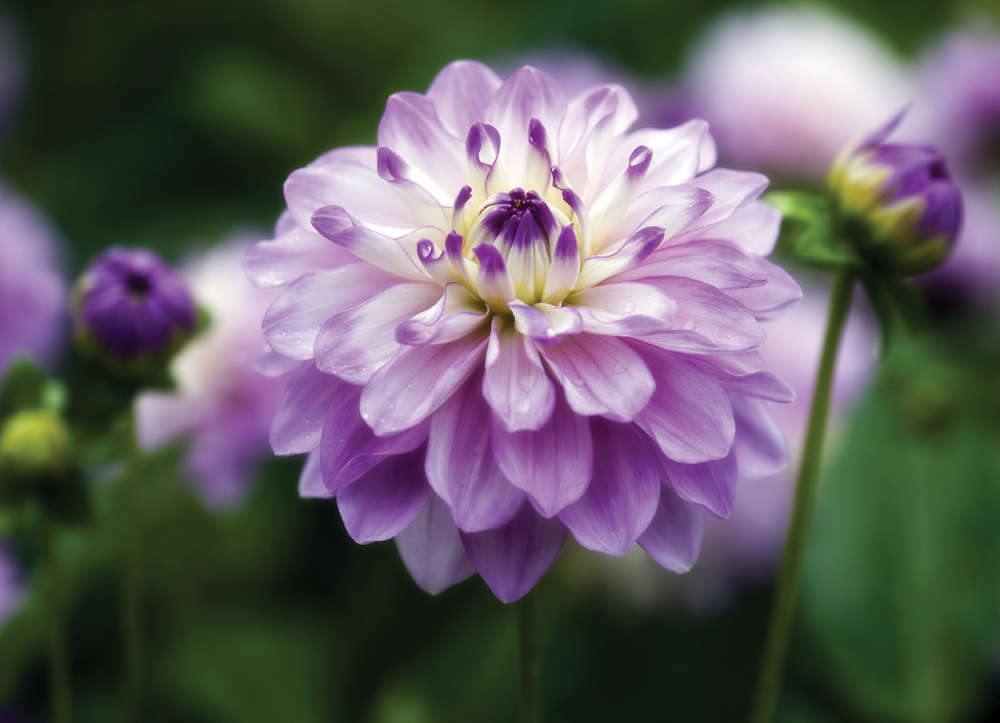
Inexpensive, hardworking plants with blooms in a vast array of colours and shapes - no flower is perfect, but dahlias come pretty close, says Flo Whitaker
Dahlias hail from the southern hemisphere and are much associated with rituals and customs of indigenous peoples of South America. Inca art from the 13th century shows dahlia blooms being used in ceremonial settings, often incorporated into crown-like headpieces. Despite the activities of early explorers and colonisers, dahlias seem to have come late to the attention of European travellers; first arriving at the Madrid Botanic Gardens in the 1790’s, where they caused a sensation.
These ‘species’ dahlias, (types that naturally occur in the wild) enchanted everyone. It was assumed such exotic rarities would be troublesome to grow but it transpired that dahlias have obliging, easy-going personalities. After just a few years of cultivation, horticulturalists discovered dahlias additional appeal; they frequently cross-pollinated, thus could be hybridised into a never-ending parade of colours and shapes. Dahlia-mania took Europe by storm. John Frasier, proprietor of a fancy plant nursery in London’s Sloane Square, was probably the first person in Britain to bring them into flower, circa 1803. Writing in 1822, the plantsman, John Claudius Loudon declared them to be 'the most fashionable flower in the country'. Dahlias had truly arrived, beguiling everyone; from the aristocratic tribes, showing off their latest blooms in gentlemen’s clubs and scientific institutes, to fashion-conscious middle classes and humble allotment growers, who held horticultural meetings in pubs and working men’s clubs. Gardening is a great social leveller. The latest must-have plant is just as likely to be propagated by a backyard suburban gardener as a duke on a grand estate.
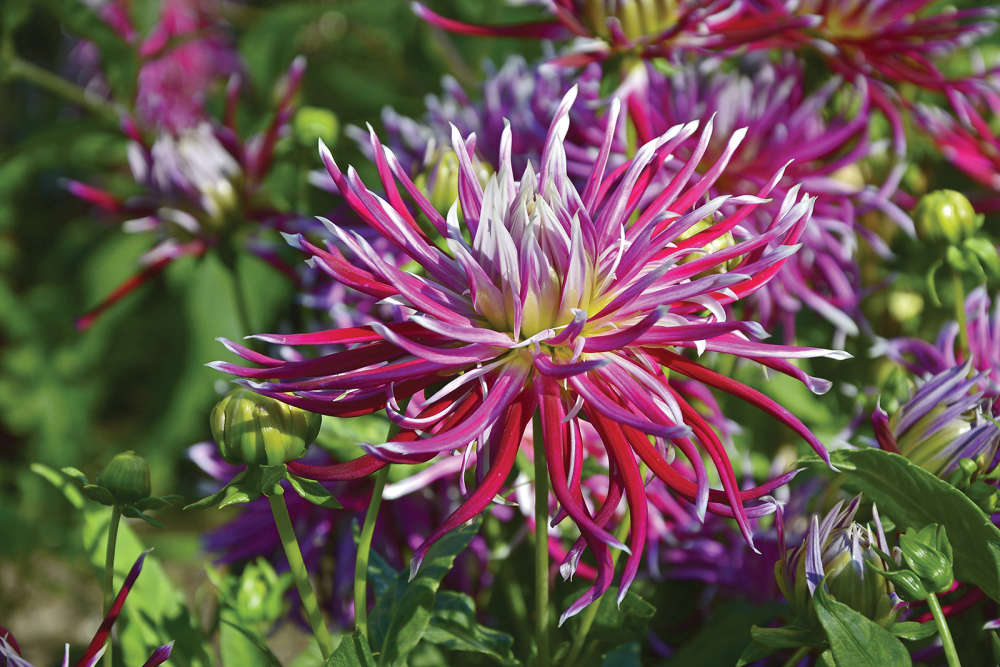
The Victorians and Edwardians were crazy about dahlias. Their country house gardens boasted fashionable dahlia borders, designed specifically to show off the blooms to best advantage. Alas, by the outbreak of WWII, most of these had fallen into neglect and subsequently disappeared for good, whereas other horticultural features of that period, such as rose gardens and wisteria pergolas, staggered on for long enough to become fashionable again during the 1980’s ‘new romantic’ revival. (Gardening is a surprisingly fashion-sensitive pursuit. Consider the extravagant taffeta fabrics, pearls, lace and ribbons that bedecked pop stars in the 80s, plus two frothy ‘fairytale’ royal weddings.) Sadly, dahlias were not invited to the fashion party. They were viewed as thoroughly unsophisticated; belonging to a musty retrograde world of tweed-clad, pipe-smoking old men. But fashion is ever-fickle and, lately championed by some well-respected gardeners and florists, dahlias have come to the fore again – deservedly so. They make brilliant cut flowers and, being equatorial in nature, thrive under our autumn skies, due to the greater balanced ratio of darkness/daylight. Dahlias reach their peak when blousy summer roses are fading.
The dahlia family is enormously diverse, but all require the same growing conditions; a sunny, sheltered spot with rich, moisture-retentive soil. They are mostly categorised into groups according to flower shape, such as ‘cactus’, ‘waterlily’ and ‘pompom’. Flower size ranges from a few centimetres in diameter, up to dinner plate proportions. Every height is represented. Short, patio pot types grow 50-60cm tall, whereas rangy border varieties may reach 1.5 metres.
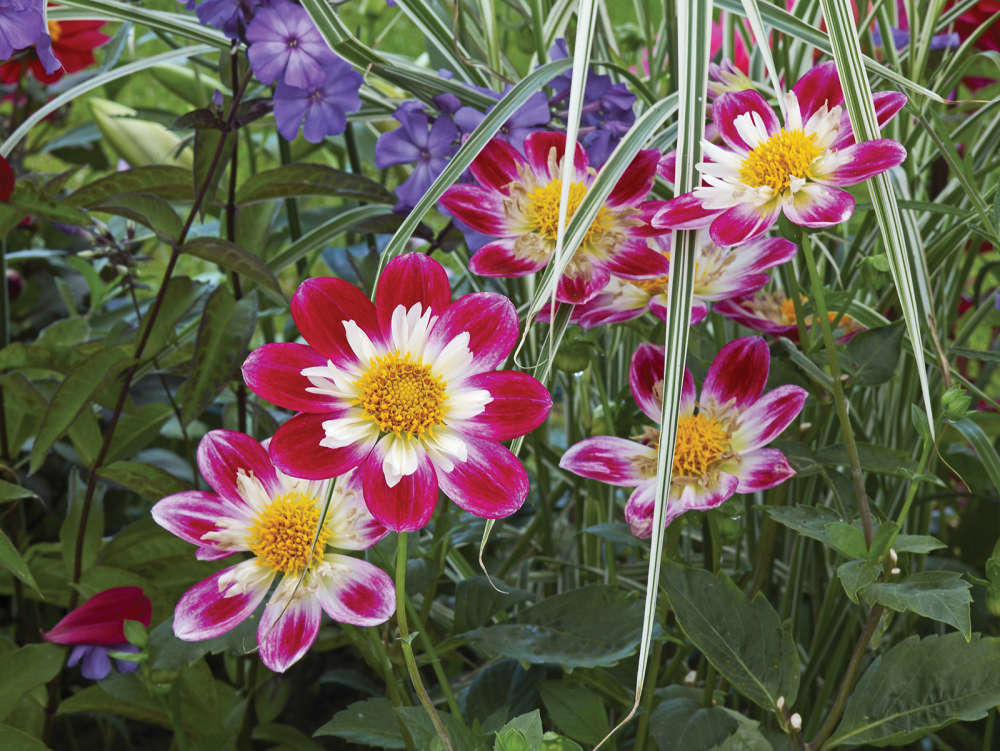
Dahlias are typically grown from tubers, (modified food-storing roots.) They are not frost-hardy, so are best started off in pots of multipurpose compost, (use a 2 or 3 litre capacity pot – it doesn’t have to be over-large.) Ensure the top of the old stem is just visible on the soil surface, water in gently and place in a frost-free, brightly-lit spot. New growth will soon appear. When the shoots have reached about 5cm high, pinch out the growing tips to create bushier plants. Plant into the border from mid-May, adding a handful of slow-release fertiliser to the hole, topping with a moisture-retaining mulch of compost or leaf mould. Ensure plants are well-supported from an early stage – bamboo canes and a web of criss-crossed garden twine is a quick, effective method. Keep plants well hydrated and regularly remove faded blooms to encourage flowering.
Dahlias can also be grown from seed. A ‘pot luck’ packet of random types costs around £3 – what a bargain! Germination can be erratic, but you’ll still end up with more plants than you need. The fastest seedlings will appear within days, while others may take a fortnight or more, making ‘pricking out’, (transferring seedlings into pots) awkward as they are unlikely to all be ready at the same time. Instead of sowing in one large seed tray, use a ‘cell’ tray with individual compartments, sowing one seed per cell. This method allows more advanced seedlings to be potted on without disturbing their neighbours. Seed-raised dahlias usually produce charmingly simple, daisy-shaped flowers which are a magnet for pollinating insects. Alas, they seldom make tubers sufficiently large to overwinter, so treat them as annuals and sow a new batch every spring.
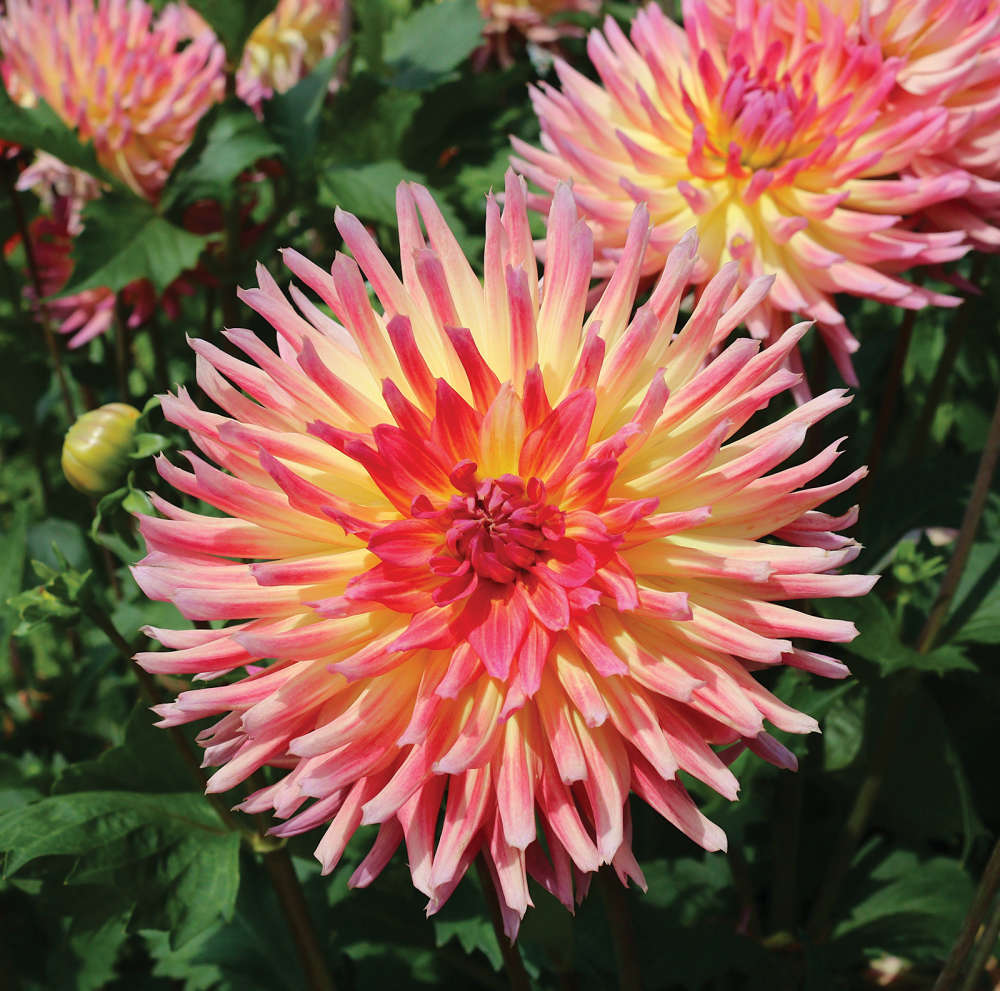
The first frost of the year will reduce dahlias to a soggy mess. Then you have to decide what to do: dig them up, remove the top growth and overwinter the tubers in a frost-free shed until the following spring – or leave the tubers in situ, cover the spot with a mound of compost or bracken to give some frost protection and hope for a mild winter. Either method is not without risk. Excavated tubers can go mouldy, or become so desiccated, they cannot be resuscitated in spring. Also, shed-dwelling mice regard dahlia tubers as a tasty midwinter snack. Leaving in situ risks potential frost/rot damage. Scavenging badgers and foxes may also find them. I opt for a halfway house approach. Most dahlias are inexpensive and life is busy, so I dig up my favourites, including some unknown varieties that I cannot easily replace. I leave the others to take their chances.
Dahlias have come an awfully long way – in every sense. From those few plants shipped to Europe in the 18th century, the Royal Horticultural Society’s register of dahlias now lists over 17,000 different types. We should not be surprised – after all, they’re the almost-perfect plant. Scent, along with a true-blue variety has thus far eluded the plant breeders, but it’s probably only a matter of time...

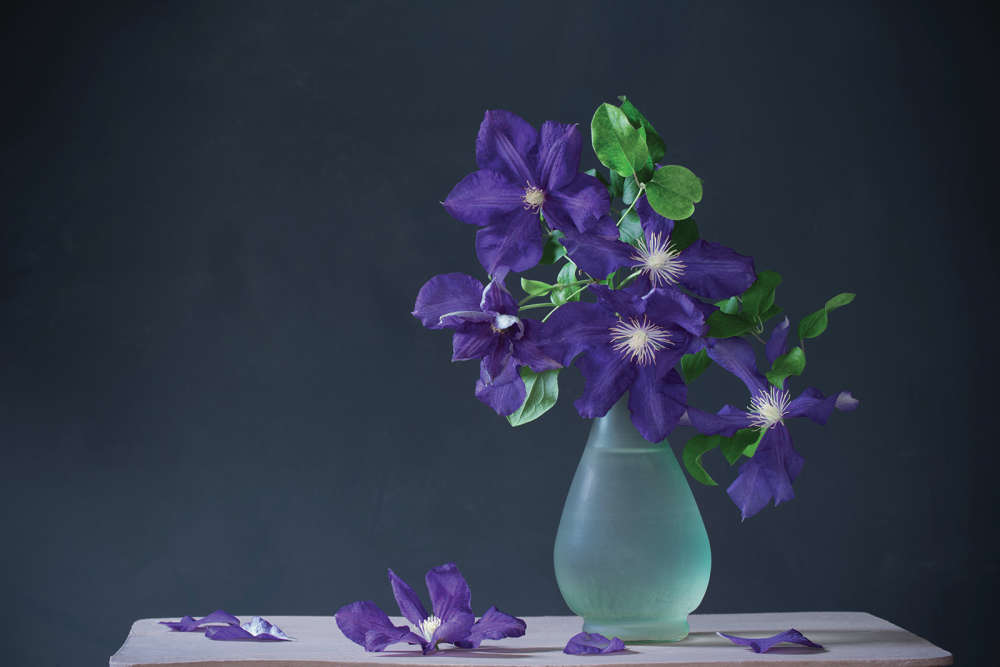 Gardening: Choose a Clematis for Every Month of the Year
Gardening: Choose a Clematis for Every Month of the Year
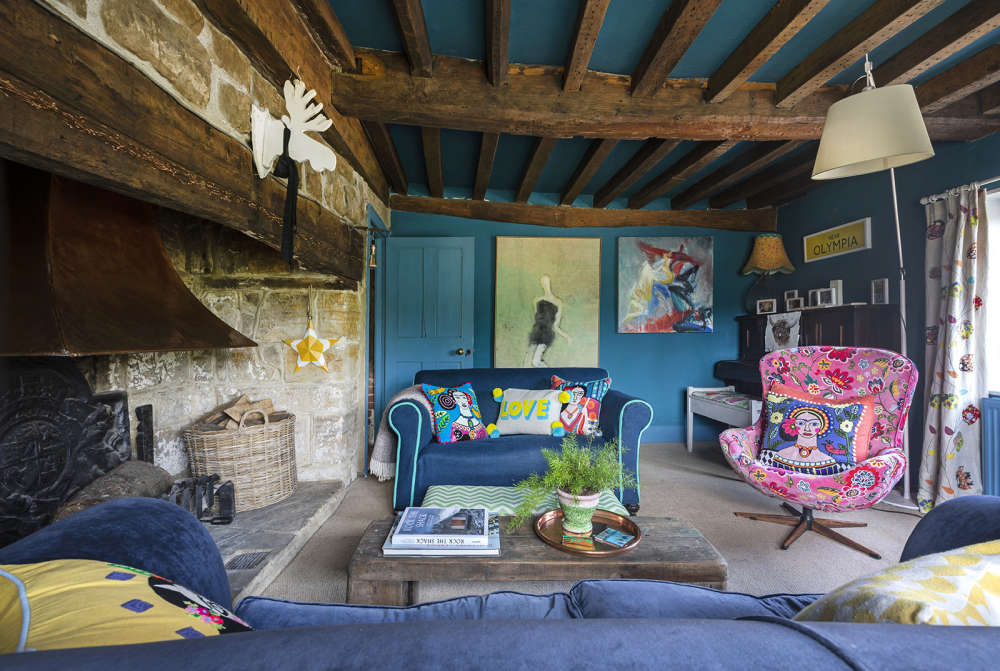 Home Style: Bold Type
Home Style: Bold Type
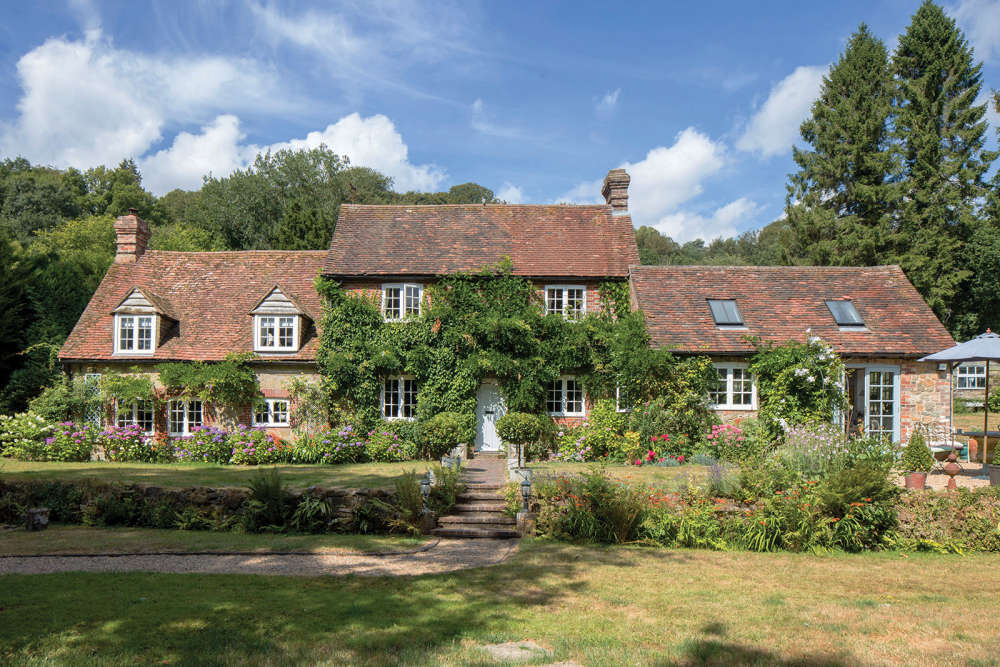 Home Style: A Better Way of Life
Home Style: A Better Way of Life
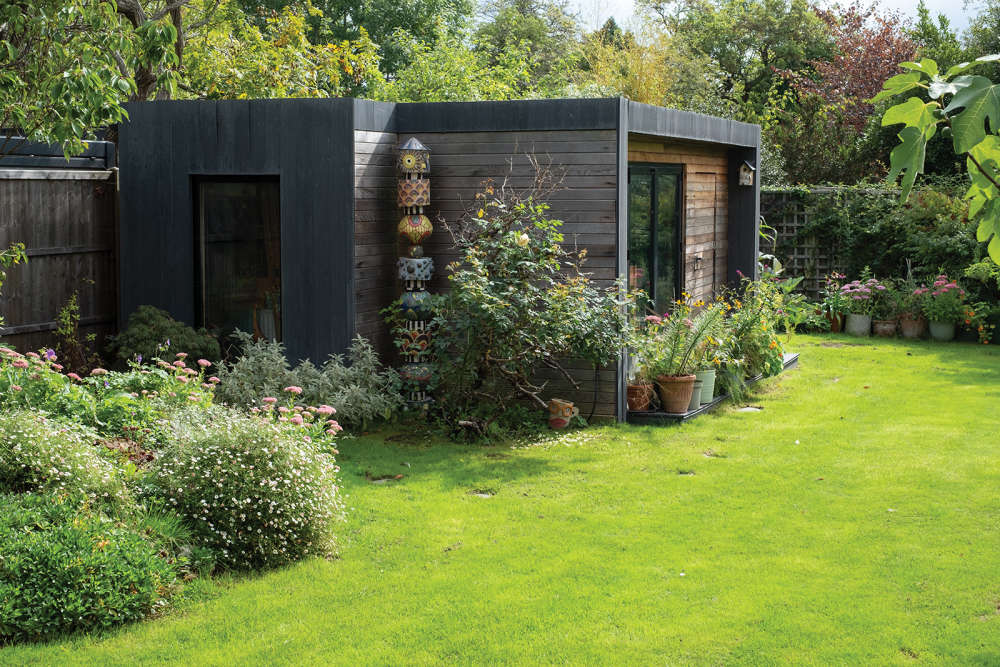 Homes Extra: Shed Space
Homes Extra: Shed Space
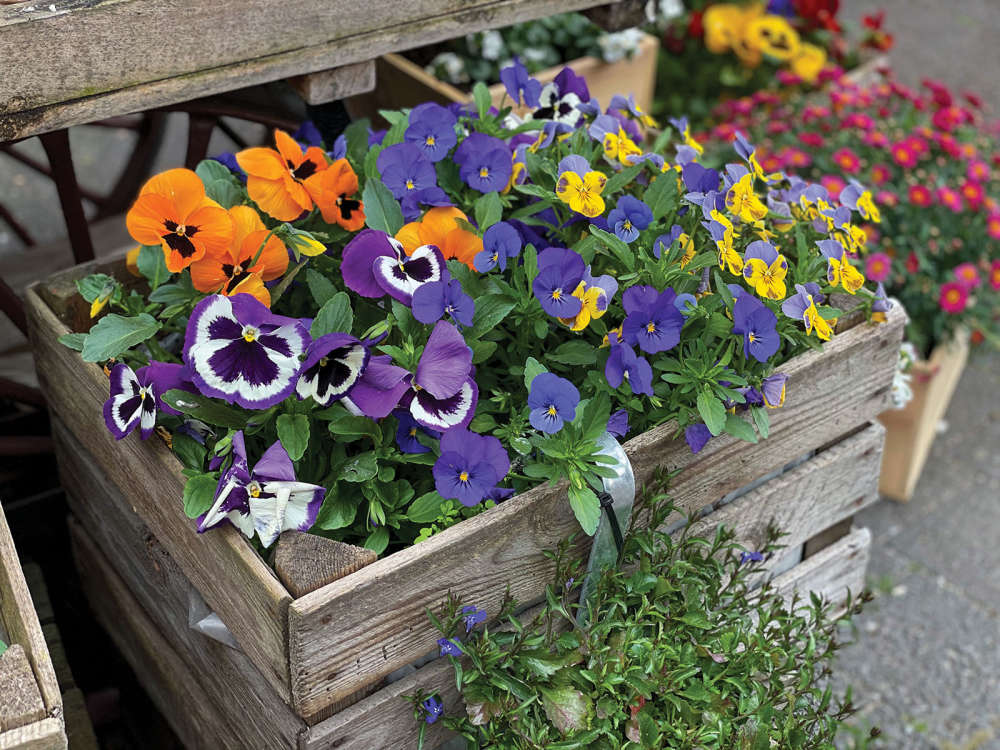 Blooming Times: Top of the Pots
Blooming Times: Top of the Pots
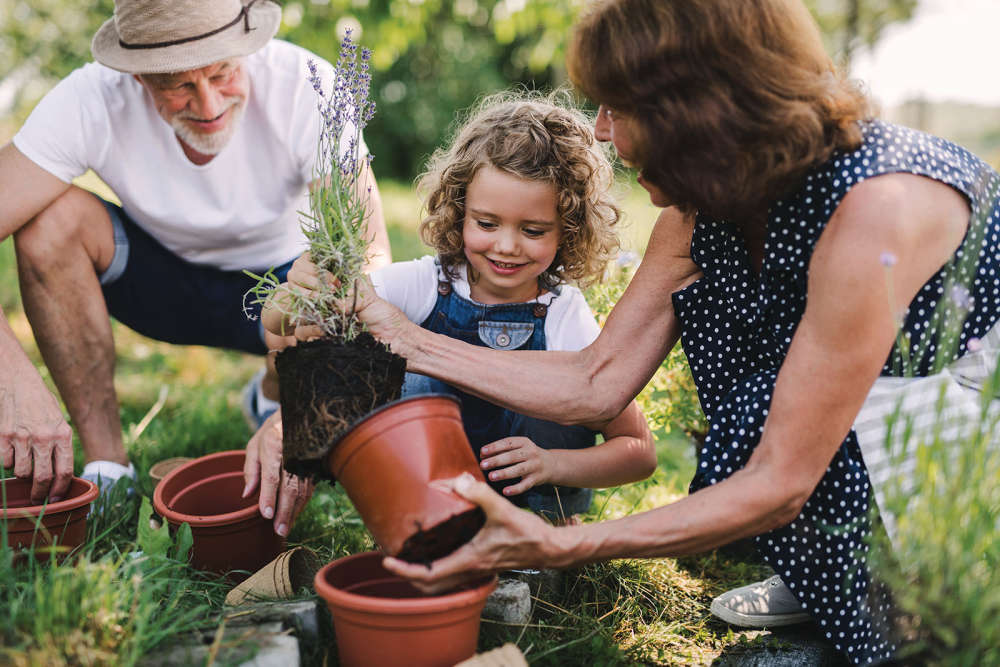 Kids Zone: Get the Kids Growing
Kids Zone: Get the Kids Growing
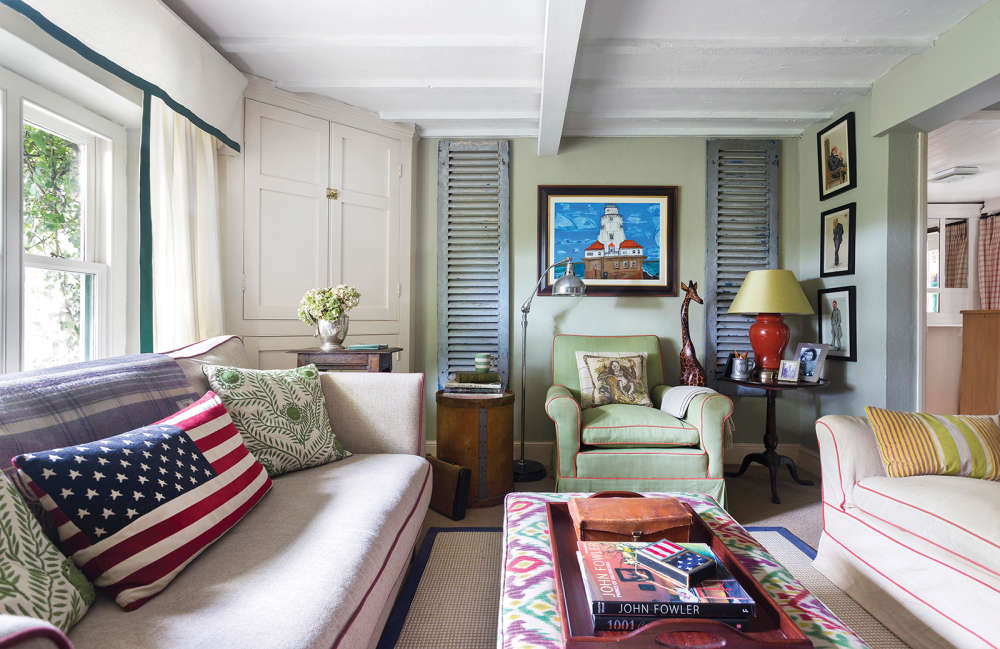 Home Style: Pastures New
Home Style: Pastures New
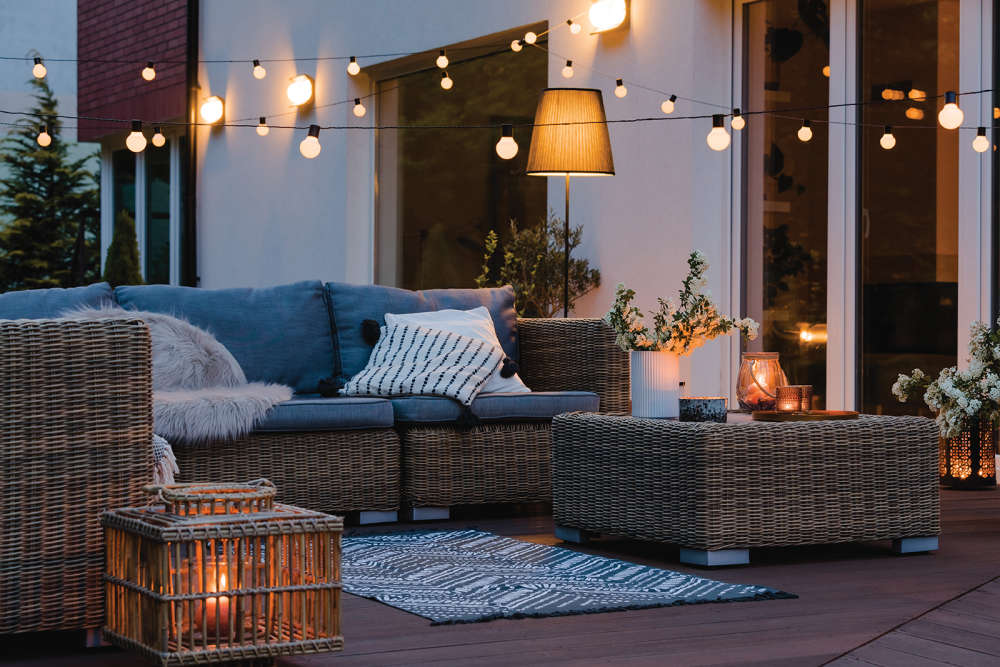 Homes Extra: Let There Be Light
Homes Extra: Let There Be Light
 Blooming Times: Wisteria Hysteria
Blooming Times: Wisteria Hysteria
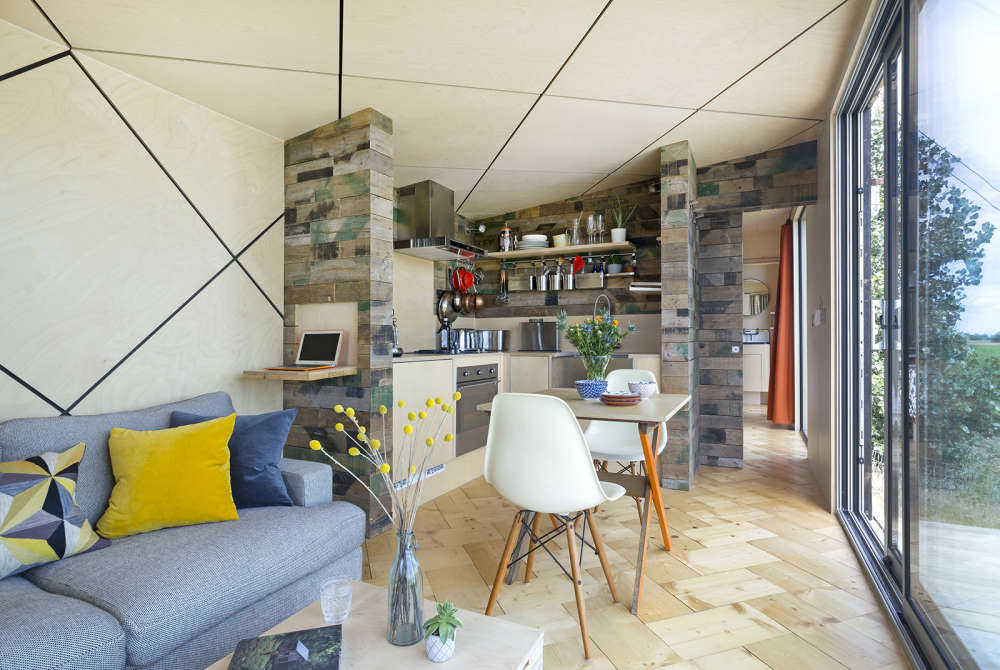 Home Style: Home on Wheels
Home Style: Home on Wheels
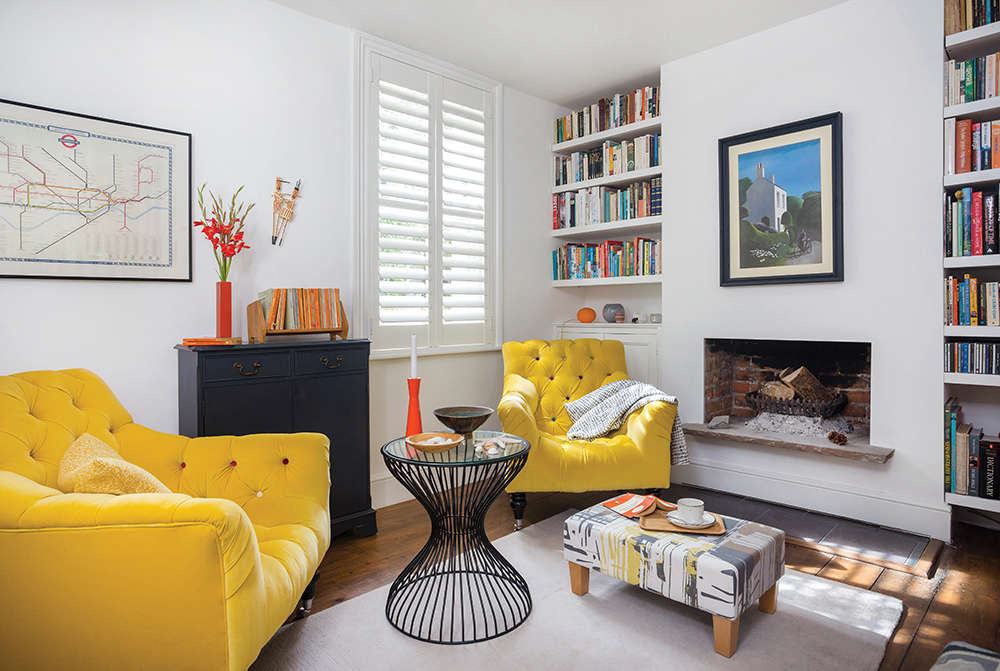 Home Style: Modern Outlook
Home Style: Modern Outlook
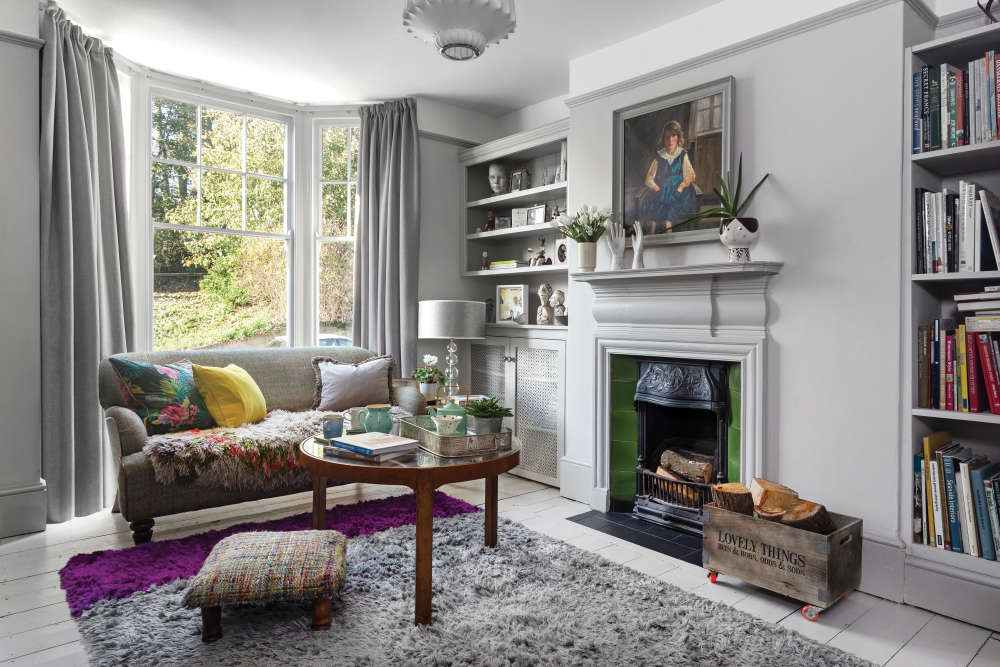 Home Style: Time to Heal
Home Style: Time to Heal
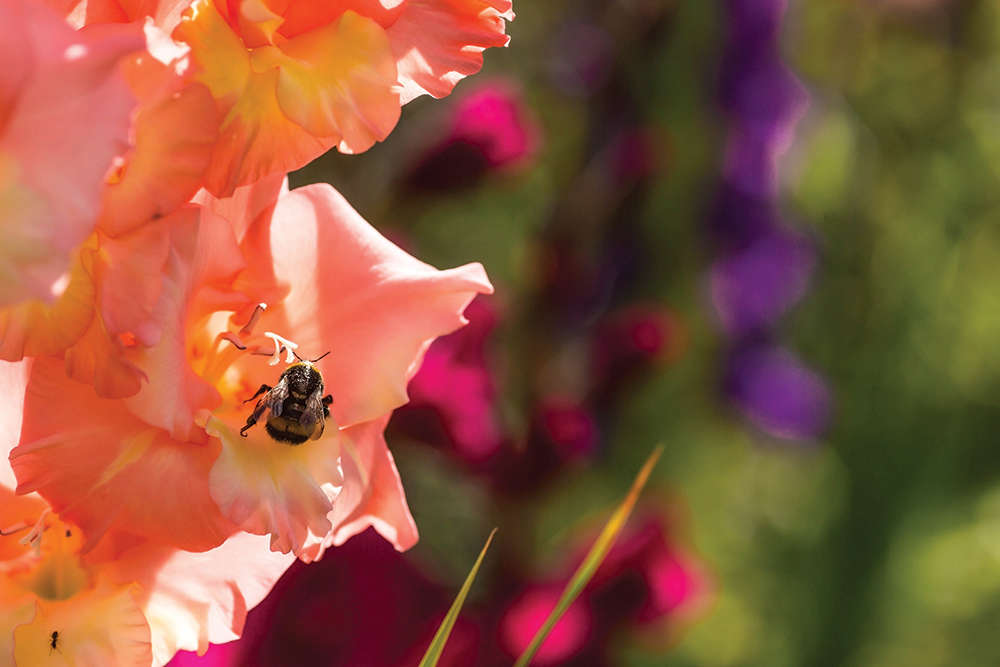 Blooming Times: Spring into Summer
Blooming Times: Spring into Summer
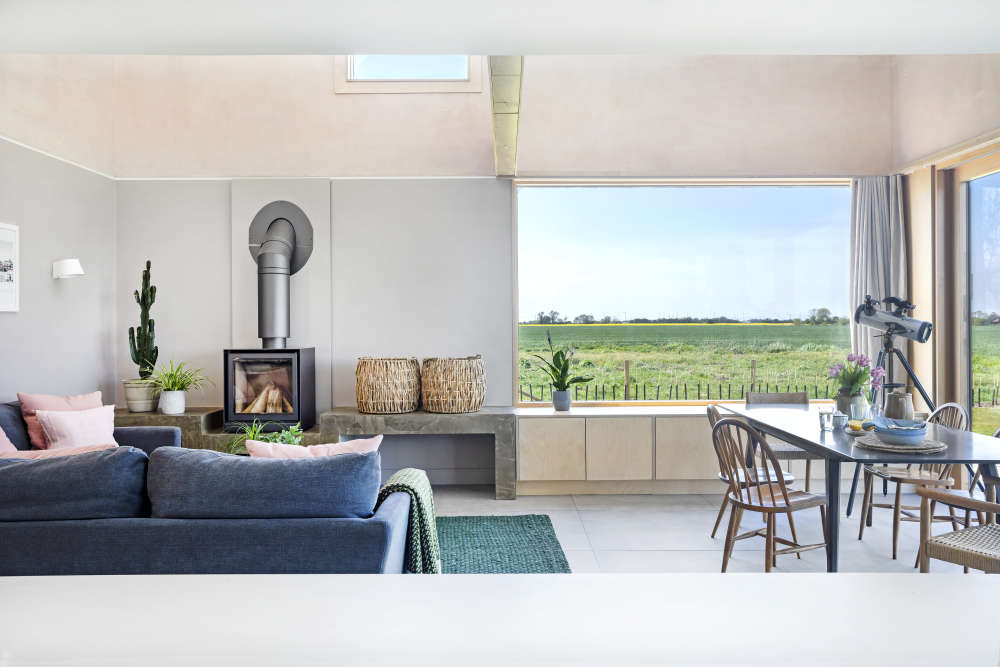 Home Style: Farm Stay
Home Style: Farm Stay
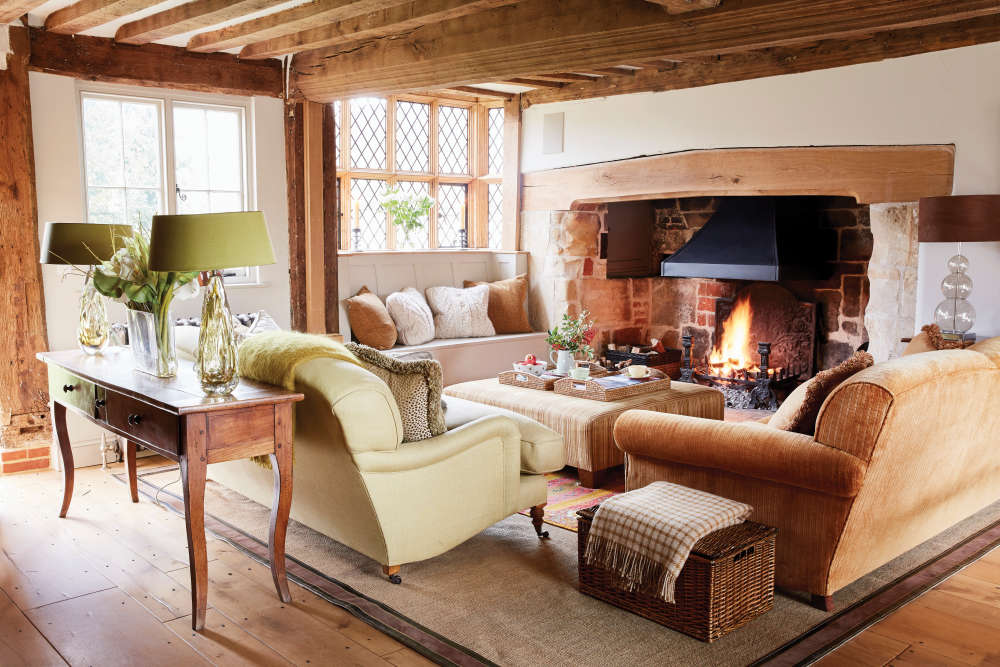 Home Style: Romantic Vision
Home Style: Romantic Vision
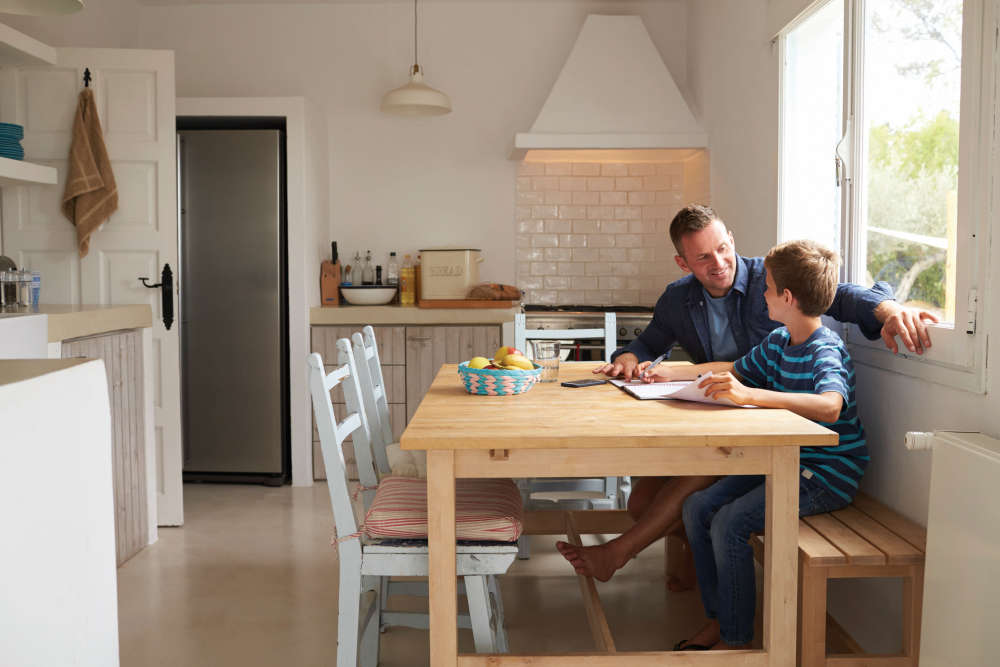 Homes Extra: Dining Style
Homes Extra: Dining Style
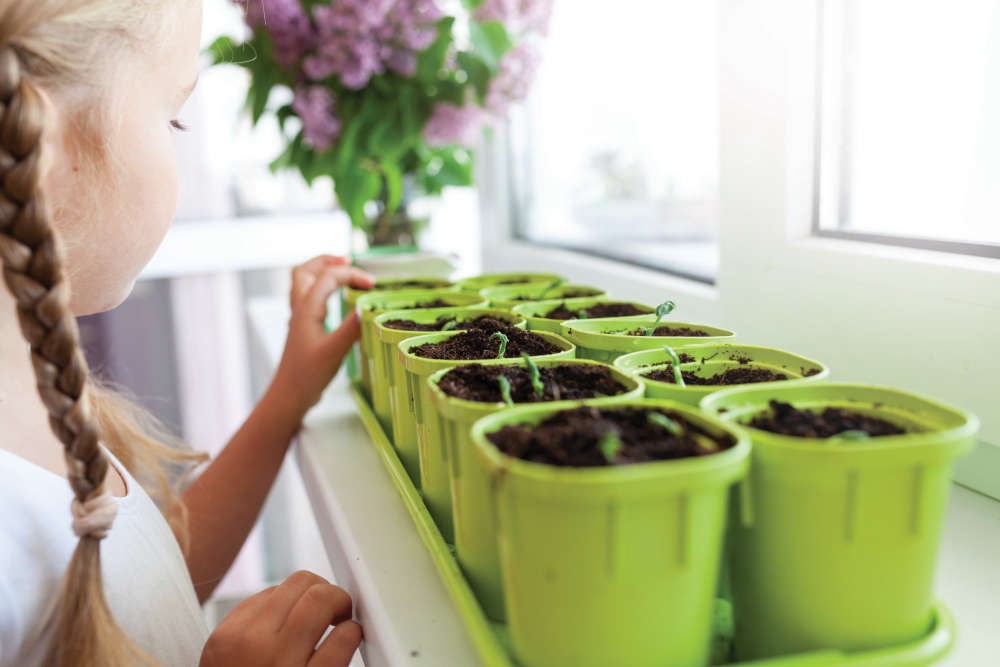 Blooming Times: Spring Fever
Blooming Times: Spring Fever
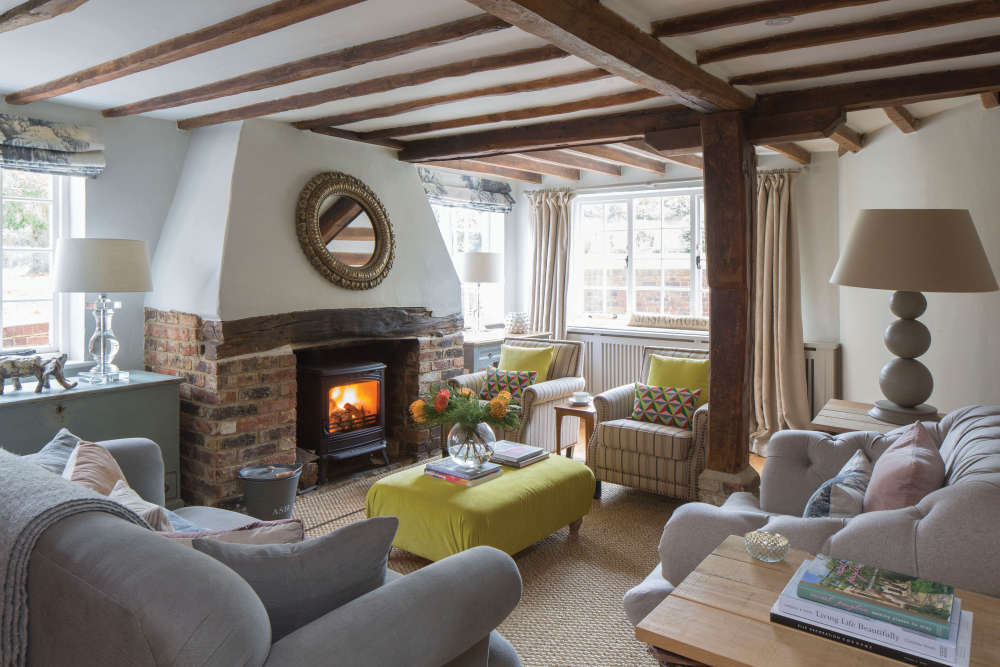 Home Style: Forest Idyll
Home Style: Forest Idyll
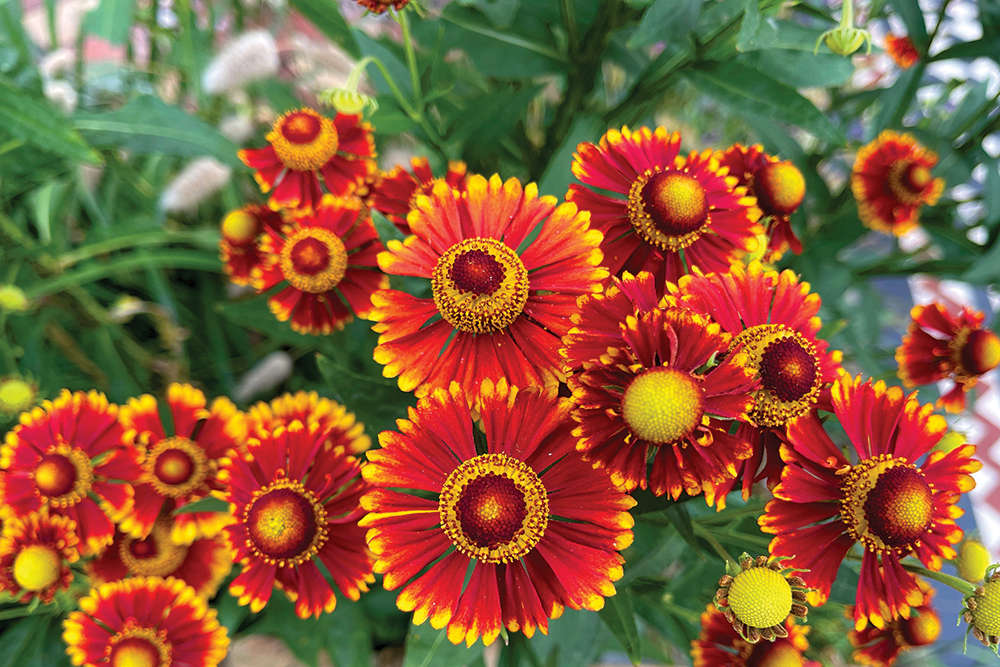 Blooming Times: What's in a Name?
Blooming Times: What's in a Name?